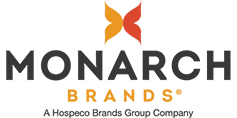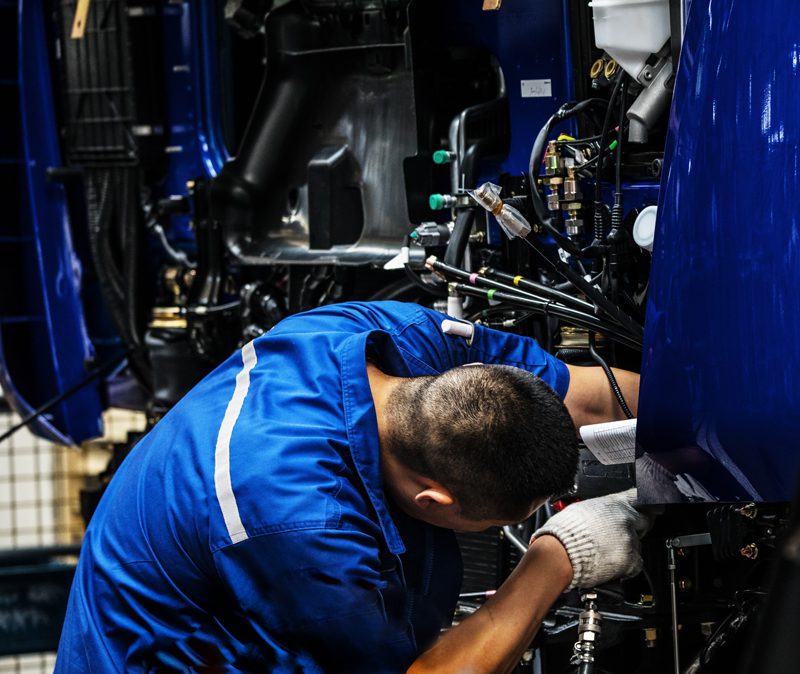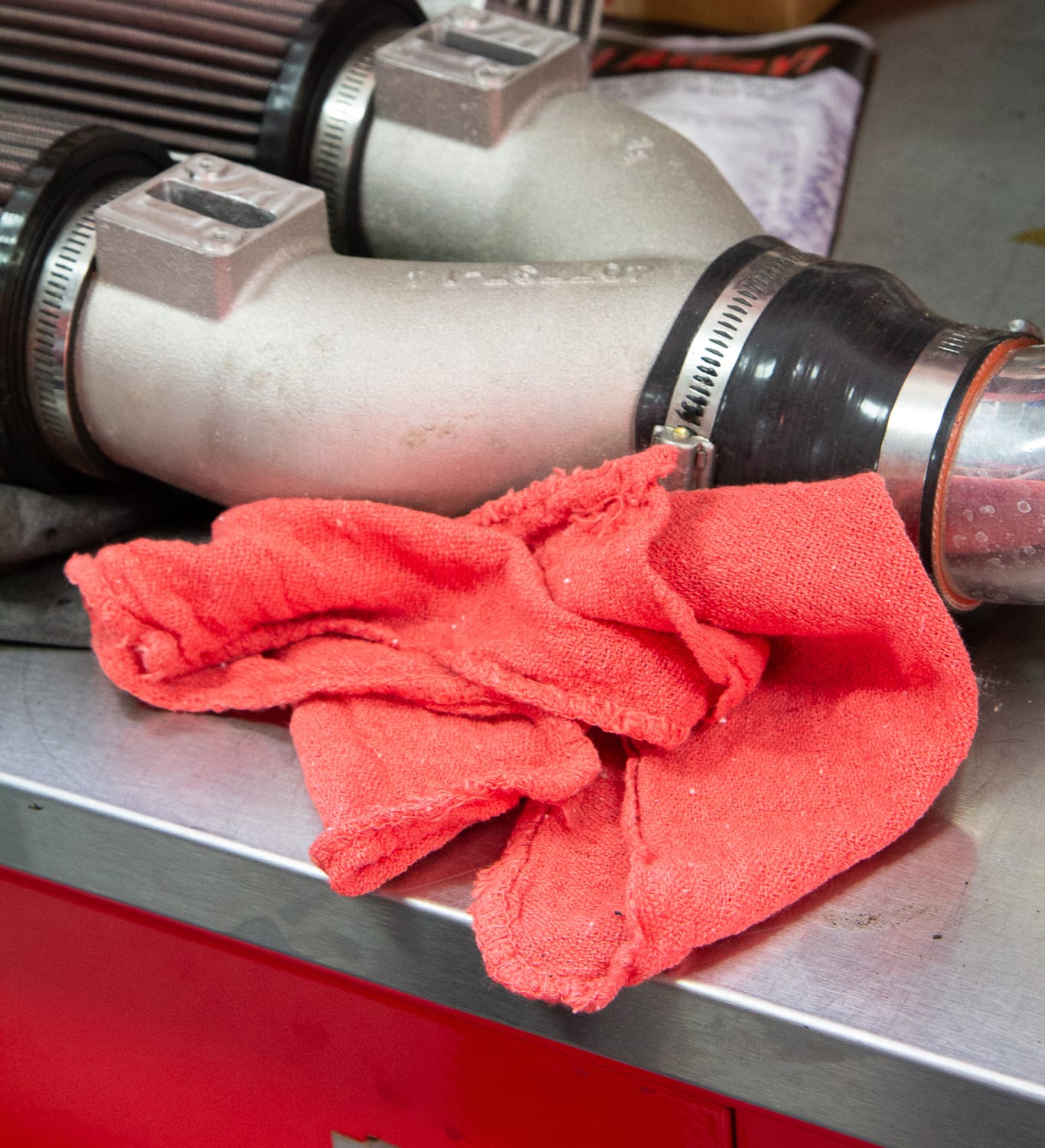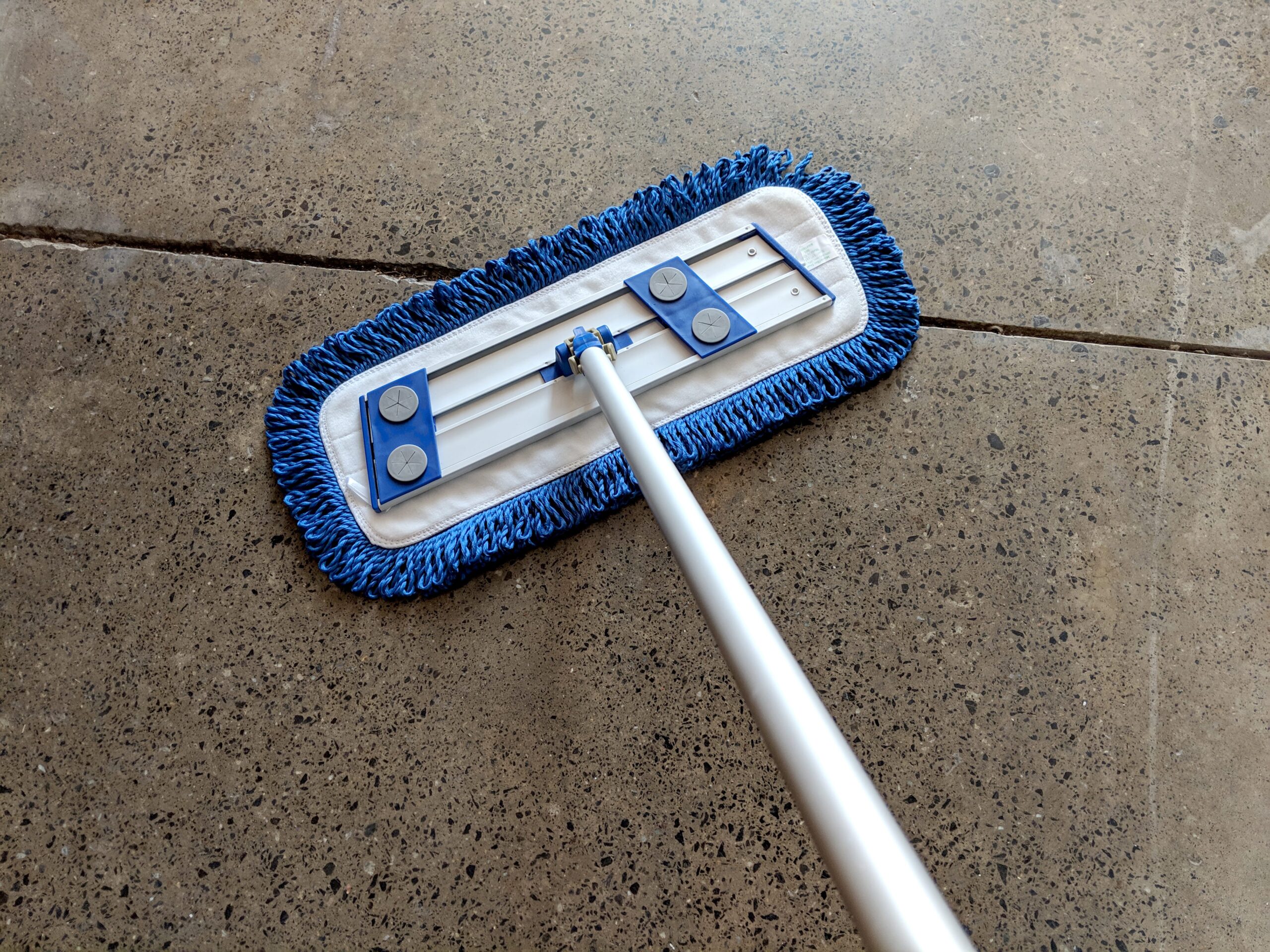Quality Janitorial Supplies for Strong MRO Strategies
MRO (maintenance, repair, and operations) strategies are a critical component of an optimized, functional workplace. These activities, supplies, and plans work together to keep all the processes and equipment running well to minimize production challenges when they arise. Janitorial supplies feature prominently in successful MRO programs.
The term MRO refers to the materials and tools used to facilitate smooth manufacturing operations but not to make the final product, making them an “indirect” part of the business.
Of course, like many things in the manufacturing world, not everyone needs the same supplies to handle their MRO strategies, which means that different types of buyers will approach MRO textile procurement very differently.
Everyone from plant managers and engineers to procurement specialists requires a specific range of products to handle their part of the business, so several vital elements must be considered. What materials do the machines need to process materials? What type of product lines require the most maintenance? How does the janitorial staff handle the workload?
Getting the right MRO janitorial supplies will require a careful and thorough approach to ensure the staff has everything they need to keep the facility running at optimal functionality.










